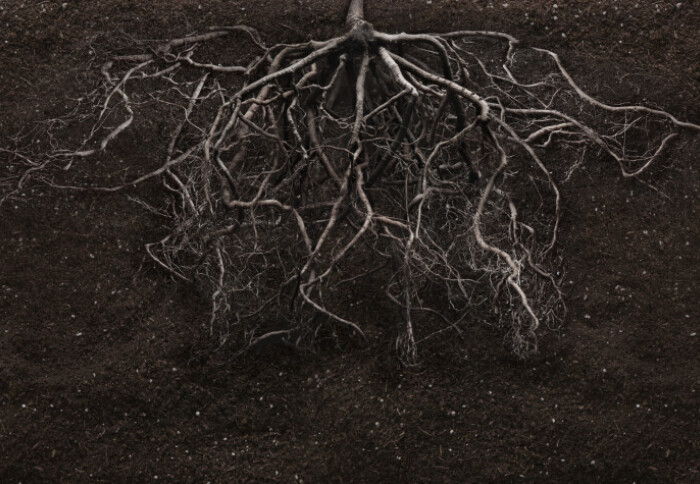

A new tool to monitor the chemistry of plant roots' environments
Imperial researchers have developed a new low-cost sensor platform, named TETRIS, that measures the chemistry of plant roots’ environments in real time.
Measuring the soil around plant roots is important for predicting and maintaining plant health, which is crucial for food security. However traditional ways to measure plants’ environments fail to capture ever-changing parameters like continuous temperature, salinity and pH.
This new system uses electrochemical sensors to collect environmental data and a machine learning model uses the data to predict nutrient uptake rates. The researchers say that with further testing, the platform could help to ensure food security through the development of robust plants in the face of challenges brought by the climate crisis and overfarming.
They tested the platform by measuring pH changes, ion uptake and H2O2 (hydrogen peroxide) in kale, tomato, and rice seedlings, and used it to detect differences between nutrient and heavy metal ion uptake. The researchers say the platform is an important step in developing sensors for whole plants, as not many sensors for roots or seedlings exist presently.
They then demonstrated that the data collected using TETRIS can help to build machine learning models that predict the rates of uptake of salts.
The researchers intend the platform to be used to guide the development of new stress-resistant crops that can better withstand pathogens and fluctuating conditions such as temperature, salinity, and pH.
First author Philip Coatsworth, PhD candidate at Imperial’s Department of Bioengineering, said: “Our sensing platform is a key step towards the full sensing of plants in real-time. Through expanding the range of sensors in the near future, we believe TETRIS could predict stress and disease response in plants, accelerating the development of new resistant plant varieties.”
Senior author Dr Firat Güder from the Department of Bioengineering said: “Most biological plant experiments are performed in single, one-off measurements. Time carries a lot of information which is lost in these single measurements. Continuous monitoring of the chemistry around the roots of plants with TETRIS will help us perform a range of new experiments that could not have been performed before. These new experiments will help us answer new biological questions related to plants. ”
The research is published in Science Advances.
Article text (excluding photos or graphics) © Imperial College London.
Photos and graphics subject to third party copyright used with permission or © Imperial College London.
Reporter

Lisa Bushby
Department of Physics



